Linear actuators produce motion in one straight direction. They are similar to linear bearings in that they provide smooth motion with a minimum of friction but actuators go one step further and convert hydraulic, pneumatic, and electric energy into mechanical energy.
One advantage of linear actuators is the simplicity of the movement: up, down, left or right. Because of their simplicity, linear actuators are suitable for basic but useful movements. Another advantage of these devices is that they do not have many parts that can break or wear out. A typical electromechanical actuator basically consists of a motor, a screw and a nut. As the motor provides power, the nut moves forward instead of rotating along the screw, thus converting the input energy into mechanical energy. The load is connected to a strong platform at the end of the screw.
Linear actuators are typically used in industrial or manufacturing applications. Nearly all factory automation processes use linear actuators to push, lift, rotate or transport products or equipment during various manufacturing processes. 12V linear actuators and microactuators are commonly used in these robotic processes. Some linear actuators and units operate in vacuum, radiation, cryogenic, corrosive and underwater environments. They are also integral parts of machining equipment.
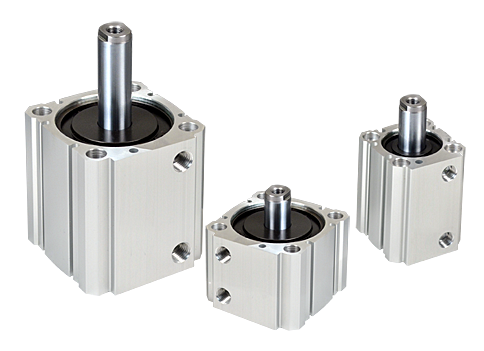 Air Cylinders
Air Cylinders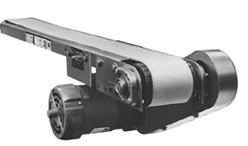 Assembly Machinery
Assembly Machinery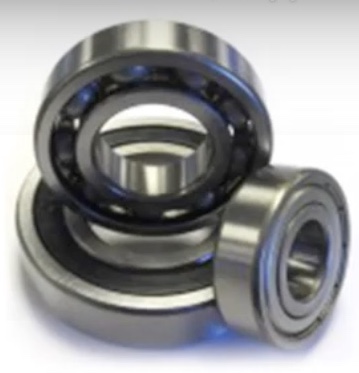 Ball Bearings
Ball Bearings Electric Motors
Electric Motors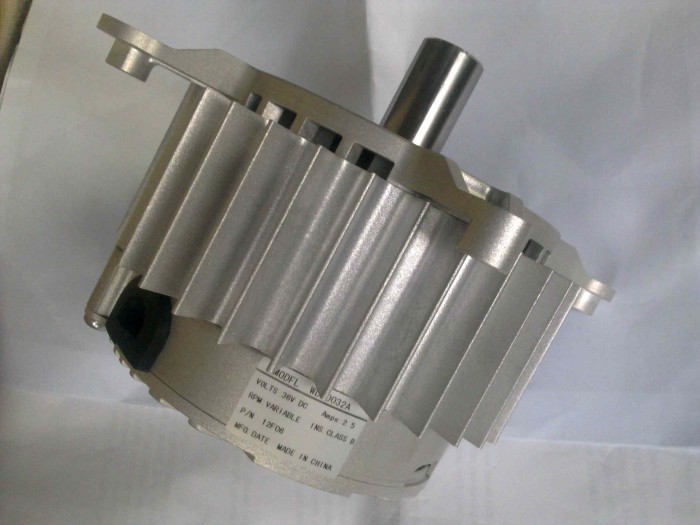 Fractional Horsepower Motors
Fractional Horsepower Motors Friction Materials
Friction Materials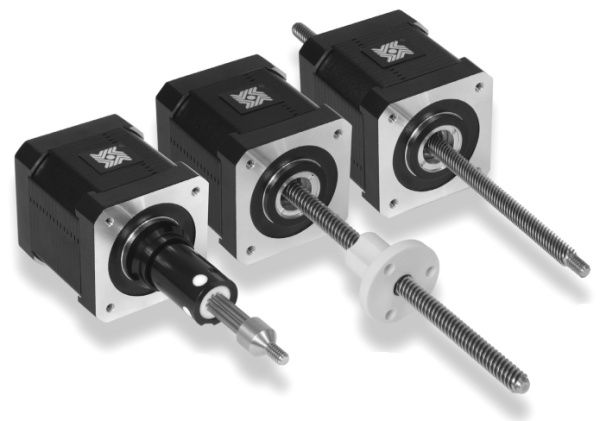 Linear Actuators
Linear Actuators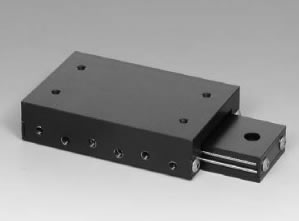 Linear Bearings
Linear Bearings Linear Slides
Linear Slides Castings & Forgings
Castings & Forgings Bulk Material Handling
Bulk Material Handling Electrical & Electronic Components
Electrical & Electronic Components Flow Instrumentation
Flow Instrumentation Hardware
Hardware Material Handling Equipment
Material Handling Equipment Metal Cutting Services
Metal Cutting Services Metal Forming Services
Metal Forming Services Metal Suppliers
Metal Suppliers Motion Control Products
Motion Control Products Plant & Facility Equipment
Plant & Facility Equipment Plant & Facility Supplies
Plant & Facility Supplies Plastic Molding Processes
Plastic Molding Processes Pumps & Valves
Pumps & Valves Recycling Equipment
Recycling Equipment Rubber Products & Services
Rubber Products & Services